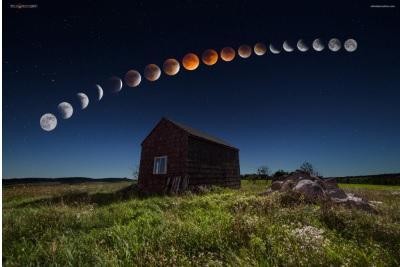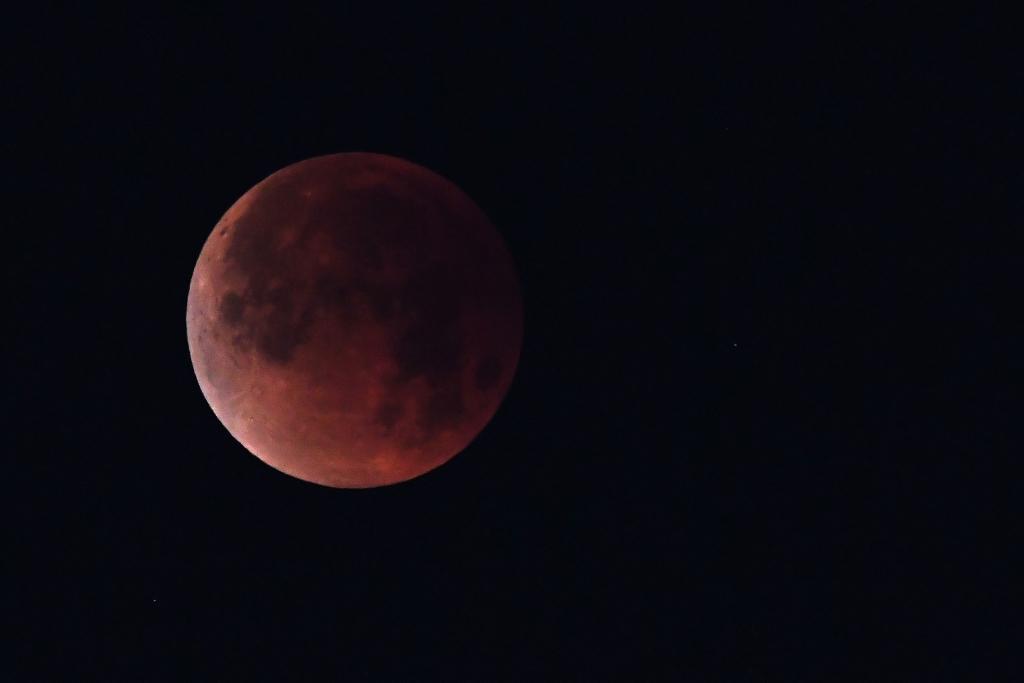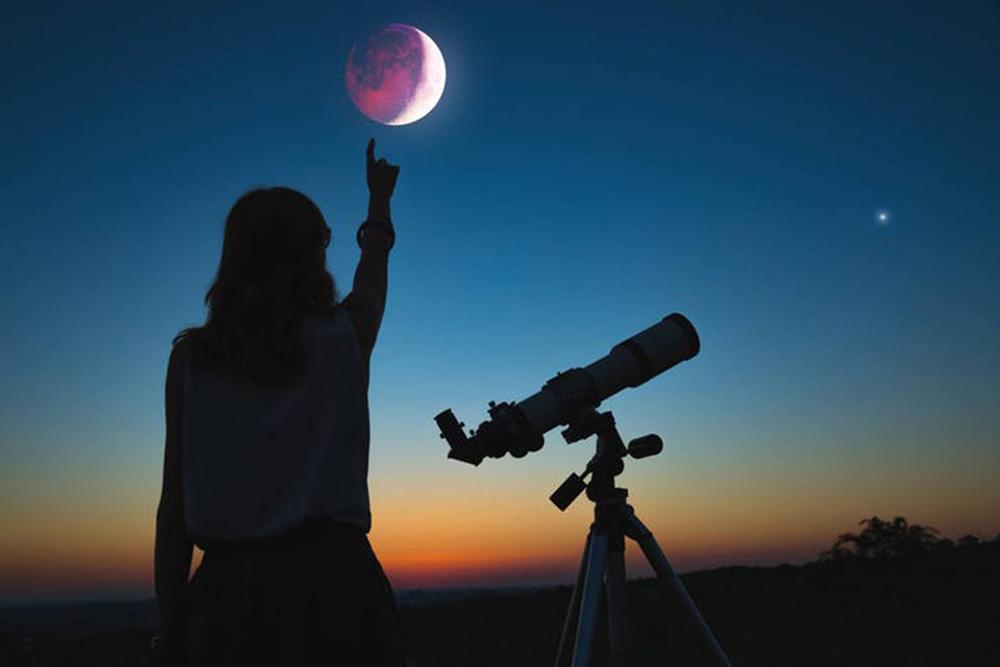Starts With A Rare Cosmic Event: A Total Lunar Eclipse AND A Super Blood Moon
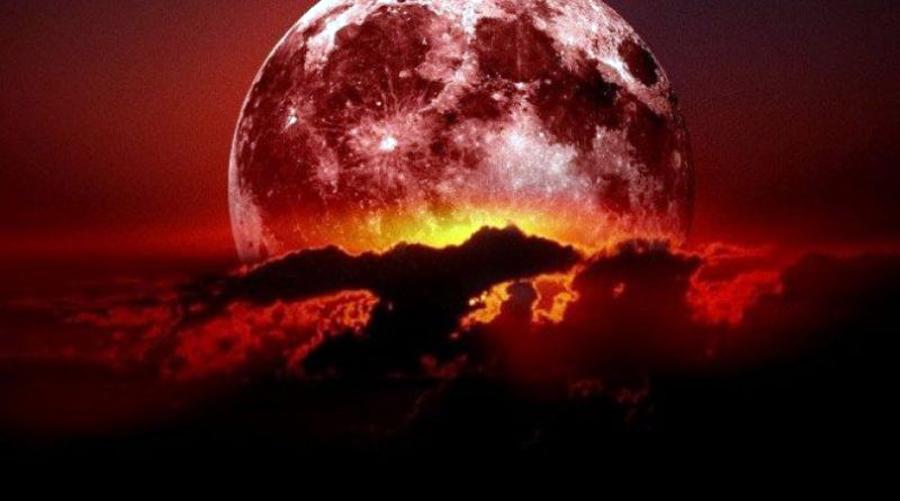
*Updated article from 2019
Today 16 May 2022 we witnessed the rare and special lunar eclipse like in 2019
On January 20-21, we will witness a rare and special celestial event as the first full moon of 2019, and the first lunar eclipse of 2019 (and this is an eclipse-heavy year, with three solar and two lunar eclipses) will be visible in the sky and witnessed by millions of people all over the world. This total eclipse of the moon will last for somewhat more than one hour.
A lunar eclipse occurs when you have the sun and the moon, and the earth moves right in between them to block out all the light that normally reaches the moon from the sun. What light there is takes a longer journey to get round the earth, bending around to hit the Moon.
A Super Moon is a full Moon that falls at the closest distance that the Moon is from the Earth in its elliptic orbit. This makes the Moon appear bigger in size than usual, hence the title of ‘Super Moon’.
It is known as a Blood Moon due to the eerie red hue which hits the Moon’s surface.
During a lunar eclipse, you’ll see the Earth’s shadow creeping across the moon’s face. The shadow will appear dark, like a bite taken out of a cookie, until the shadow completely covers the moon. Then the shadow on the moon’s face often suddenly changes. Instead of dark, it appears red. Why?
The reason stems from the air we breathe. During a total lunar eclipse, the Earth lies directly between the sun and the moon, causing the Earth to cast its shadow on the moon. If Earth didn’t have an atmosphere, then, when the moon was entirely within Earth’s shadow, the moon would appear black, perhaps even invisible.
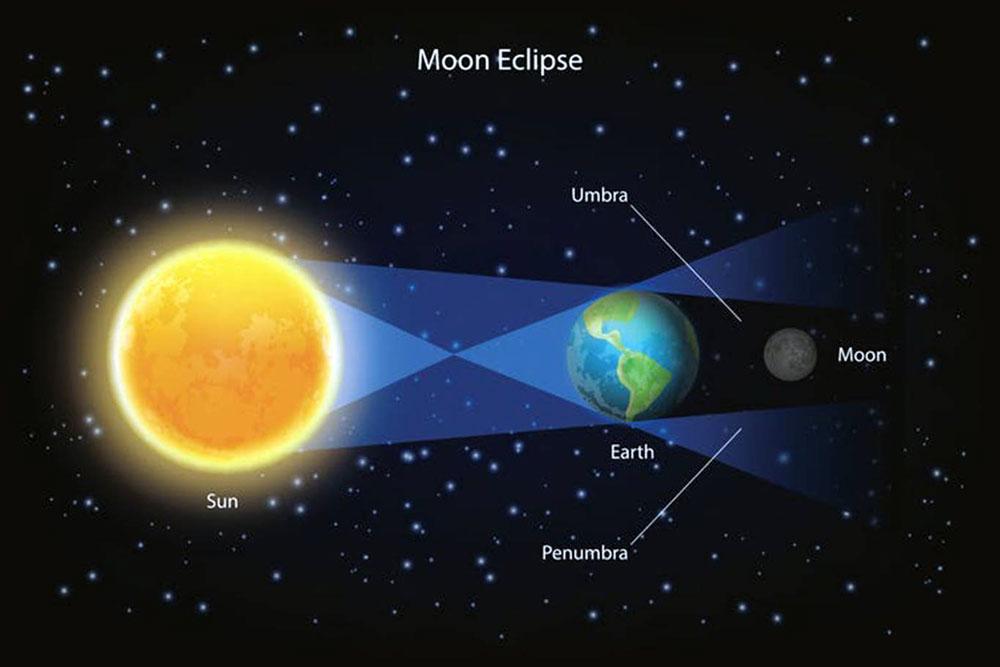
Therefore, the moon can look red during a total lunar eclipse because of sunlight that’s filtered and refracted by Earth’s atmosphere. When you see the moon low in the sky, the extra air between you and the moon makes the moon look reddish. Voila.
In a lunar eclipse, the Earth passes directly between the moon and the sun
Where can you watch the lunar eclipse and full blood supermoon?
The January 20-21, 2019 total eclipse of the moon can be viewed from North and South America, Greenland, Iceland, Europe, northern and western Africa plus the Arctic region of the globe.
If you’re on the wrong side of Earth to view the eclipse, or if you’re clouded out, consider online viewing via the Virtual Telescope Project:
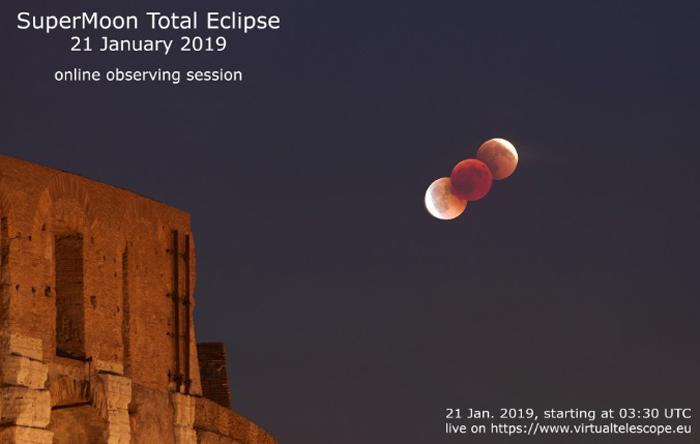
What’s a Blood Moon?
The term Blood Moon in Biblical prophecy appears to have been popularized by two Christian pastors, Mark Blitz and John Hagee. They used the term to apply to the full moons of the 2014-2015 lunar tetrad – four successive total lunar eclipses, each separated by six lunar months, with no partial lunar eclipses in between.
Nowadays, it seems, the term Blood Moon is being used for any and all total lunar eclipses.
That surprised communicators of astronomy when they first heard it. A few years ago, when the expression Blood Moon first gained widespread popularity, it didn’t refer to just any lunar eclipse, but to a special series of eclipses, four totally eclipsed moons in a row. Such a series is called a lunar tetrad. The four lunar eclipses came and went, and, although the world didn’t end, we gained another dubious meme: Blood Moon.
However, for the cultural astronomer, the phrase Blood Moon displays some of the interesting ways in which modern society creates its sky narratives and fables
Lunar eclipses have fascinated cultures across the globe and inspired several striking myths and legends, most of which portray the event as an omen.

Exploring Ancient Lunar Myths and Legends as Supermoon set to Dazzle Tonight-
What Folklore Tells Us About Eclipses
Across multiple cultures, a darkening of daytime skies provokes a foreboding of evil
The ancient Inca people interpreted the deep red colouring as a jaguar attacking and eating the moon. They believed that the jaguar might then turn its attention to Earth, so the people would shout, shake their spears and make their dogs bark and howl, hoping to make enough noise to drive the Jaguar away.
Among the Apapocúva-Guaraní people of eastern Paraguay and northern Brazil, “Eclipses are caused by the Eternal Bat, or in some cases the Celestial Jaguar, which gnaws the Sun or the Moon. The Apapocúva have a very pessimistic outlook on the future of the world; they are firmly convinced that its end is near. Very soon Our Great Father will set the earth on fire, unleashing the Eternal Bat and the Blue Jaguar which will destroy the stars and mankind.”
In ancient Mesopotamia, a lunar eclipse was considered a direct assault on the king. Given their ability to predict an eclipse with reasonable accuracy, they would put in place a proxy king for its duration. Someone considered to be expendable (it was not a popular job), would pose as the monarch, while the real king would go into hiding and wait for the eclipse to pass. The proxy king would then conveniently disappear, and the old king be reinstated.
Hindu Folktales
Some Hindu folktales interpret lunar eclipses as the result of the demon Rahu drinking the elixir of immortality. Twin deities the sun and moon promptly decapitate Rahu, but having consumed the elixir, Rahu’s head remains immortal. Seeking revenge, Rahu’s head chases the sun and moon to devour them. If he catches them we have an eclipse – Rahu swallows the moon, which reappears out of his severed neck.
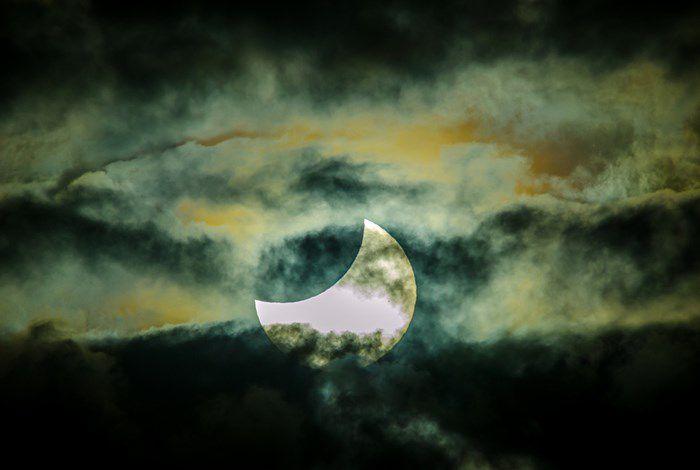
For many people in India, a lunar eclipse bears ill fortune. Food and water are covered, and cleansing rituals performed. Pregnant women especially should not eat or carry out household work, in order to protect their unborn child.
A friendlier face
But not all eclipse myths are beset by such malevolence. The Native American Hupa and Luiseño tribes from California believed that the moon was wounded or ill. After the eclipse, the moon would then need healing, either by the moon’s wives or by tribesmen. The Luiseño, for example, would sing and chant healing songs towards the darkened moon.
Altogether more uplifting is the legend of the Batammaliba people in Togo and Benin in Africa. Traditionally, they view a lunar eclipse as a conflict between sun and moon – a conflict that the people must encourage them to resolve. It is, therefore, a time for old feuds to be laid to rest, a practice that has remained until this day.
In Islamic cultures, eclipses tend to be interpreted without superstition. In Islam, the sun and moon represent deep respect for Allah, so during an eclipse special prayer are chanted including a Salat-al-khusuf, a “prayer on a lunar eclipse”. It both asks Allah’s forgiveness and reaffirms Allah’s greatness.

Christianity: A misleading history
Returning once more to blood, Christianity has equated lunar eclipses with the wrath of God and often associates them with the crucifixion of Jesus. It is notable that Easter is the first Sunday after the first full moon of spring, ensuring that an eclipse can never fall on Easter Sunday, a potential mark of Judgement Day.
Indeed, the term “blood moon” was popularised in 2013 following the release of the book Four Blood Moons by Christian minister John Hagee. He promotes an apocalyptic belief known as the “blood moon prophecy” highlighting a lunar sequence of four total eclipses that occurred in 2014/15. Hagee notes that all four fell on Jewish holidays, which has only happened three times before – each apparently marked by bad events.
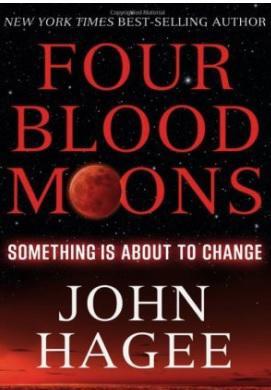
What is a lunar tetrad?
The word tetrad just means four things in a group. In astronomy, the word is used to describe four successive total lunar eclipses, with no partial lunar eclipses in between, each of which is separated from the other by six lunar months (six full moons).
Nowadays, each of these four-in-a-row totally eclipsed moons has come to be called a Blood Moon. Why? We don’t know for sure, but the answer may lie in the book pictured above.
Given the enduring superstitions, it is profoundly unhelpful for science communicators trying to remind everyone that the so-called “blood moon” is nothing to be feared as we are combining superstition with science.
Even though all of it might sound a little gory and terrifying, it is simply a spectacular lunar eclipse.
One of the now traditional things about blood moon is a load of strange people on the internet think it is the reason that the world is going to end. We’ve had this repeatedly and the world hasn’t ended, but it is happening this time around again… and all it is is a routine line up of 3 planets. It will be very spectacular but won’t be apocalyptic.
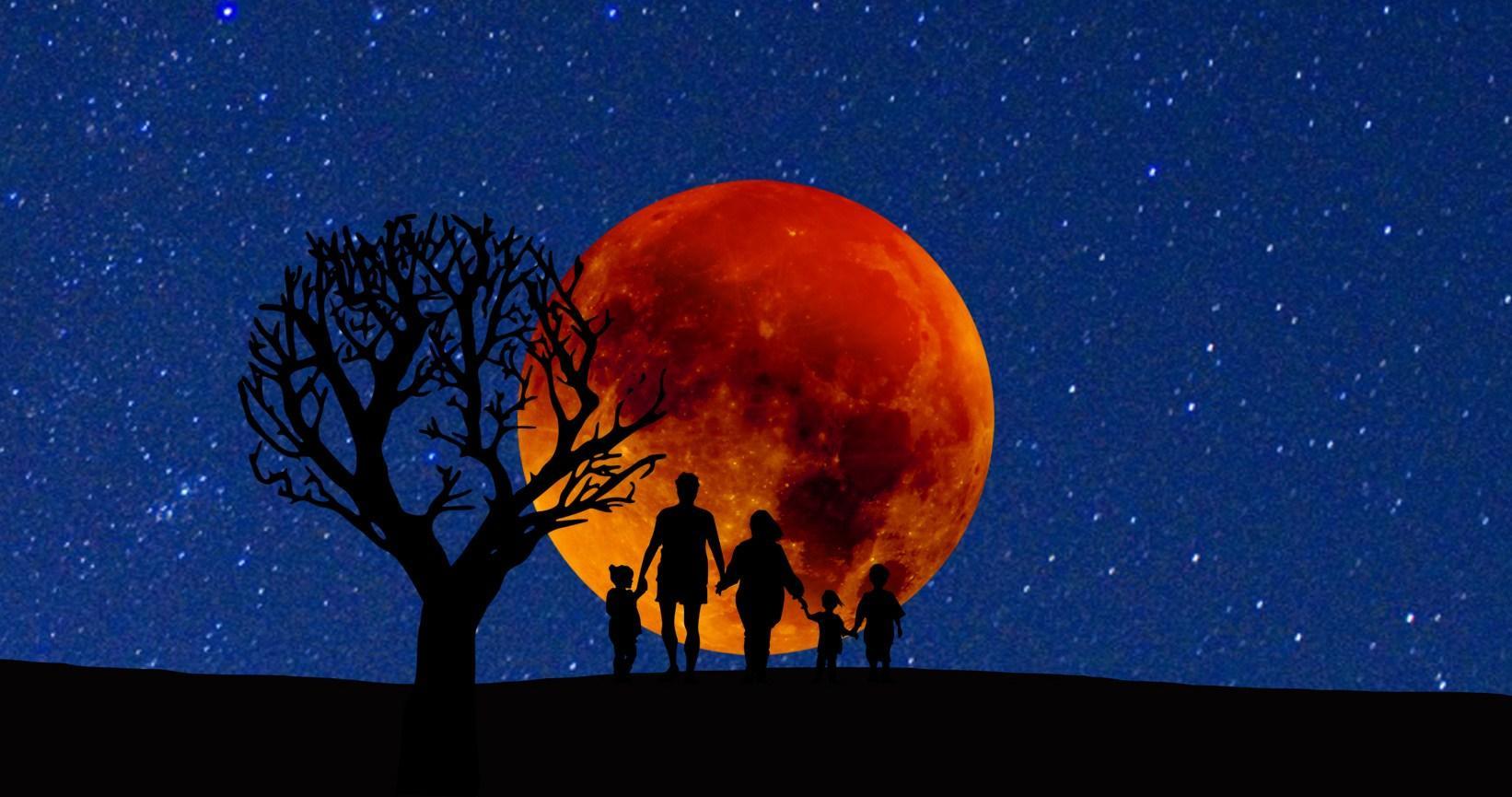
Bottom line: Rather than awaiting doom and destruction we can better view the supermoon as a monumental illustration of the spectacular motions of our solar system. So, our suggestion is this: watch the lunar eclipse as the sky unfolds above you. Give it your own name, give it your own meaning, and enjoy it with your friends and family.
Because the term “blood moon” cannot do justice to the wonder of what you’re watching.
Enjoy it!
Source
- Mindactivist
- Earthsky
- The Independent
- The Conversation
Call us and schedule your listing today! Contact Us
Copyright © 2025 Hermanus Online Magazine. Web Development by Jaydee media.

